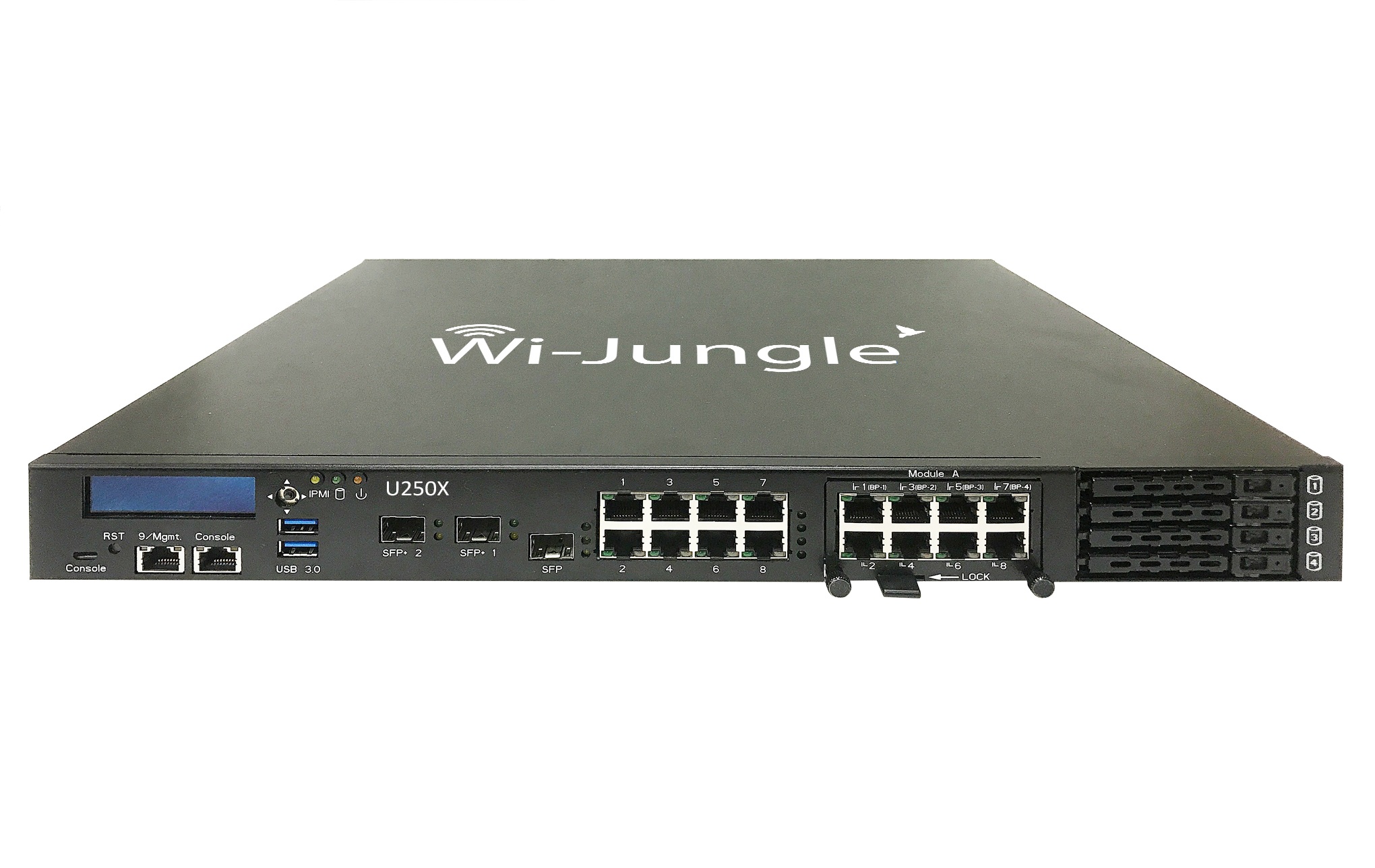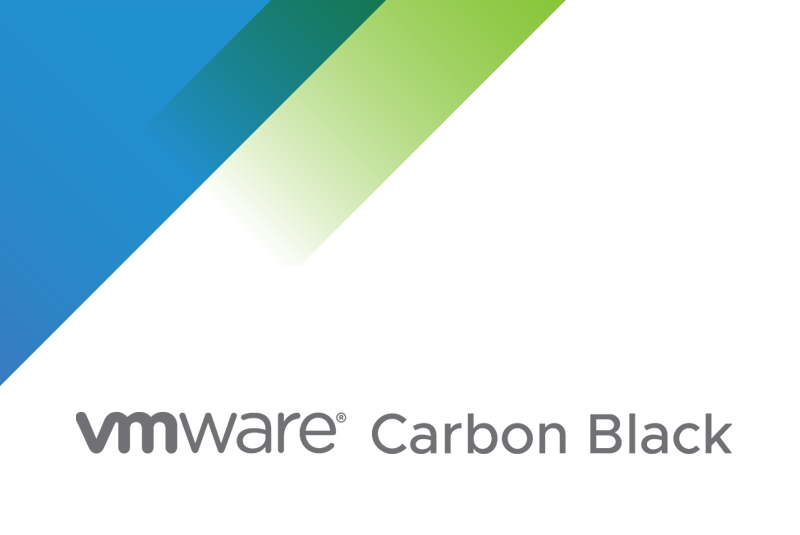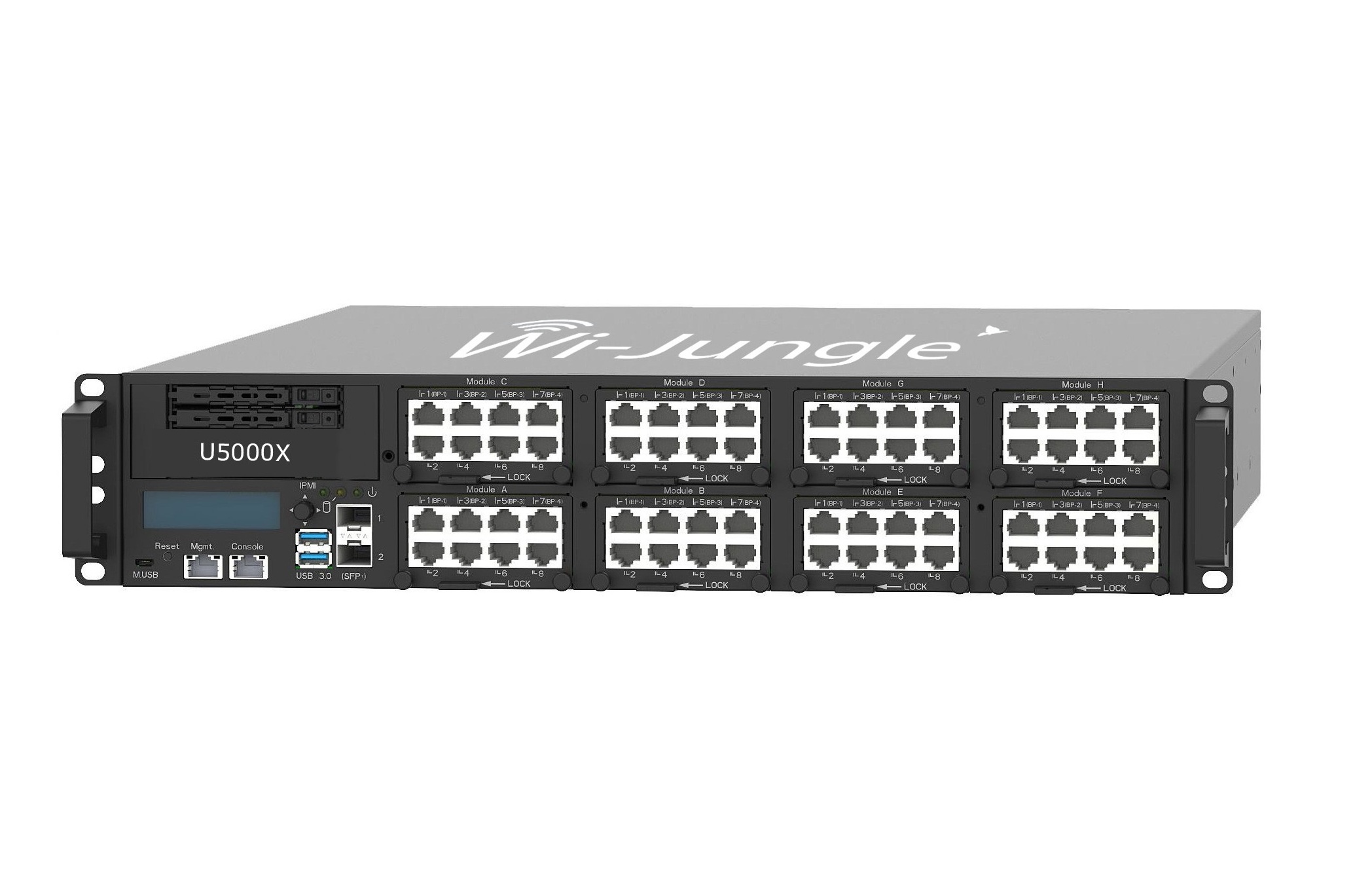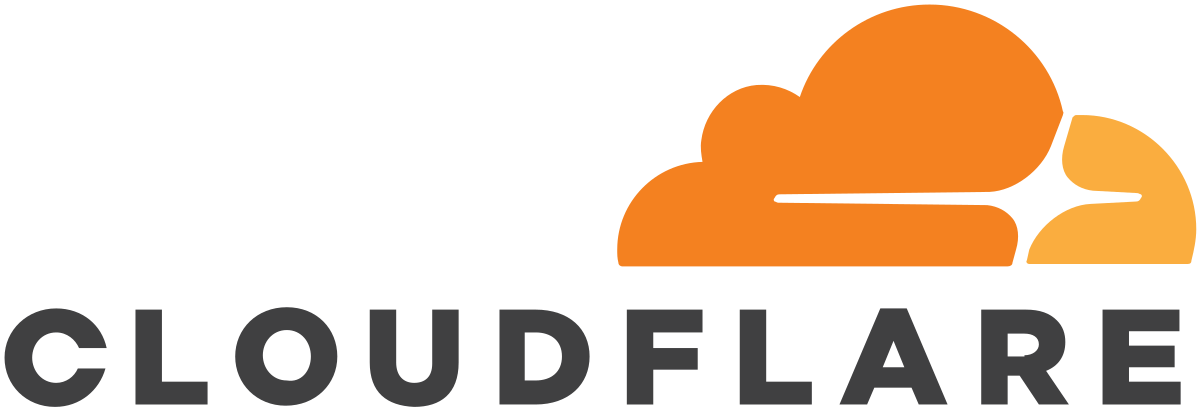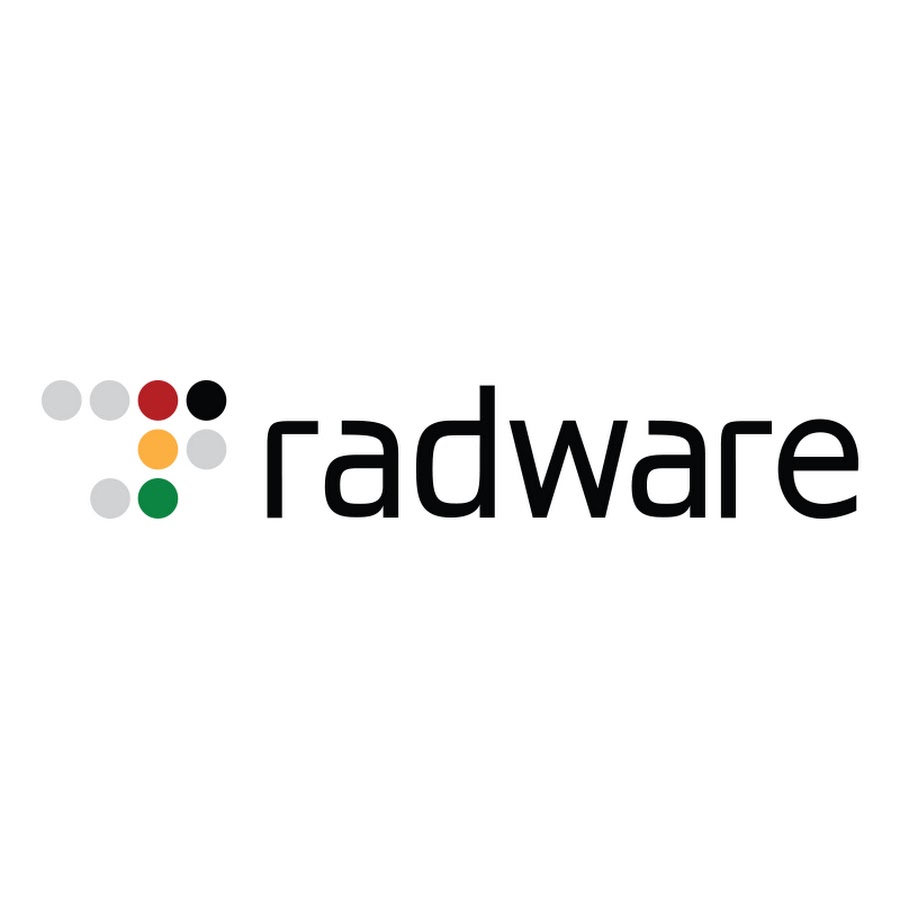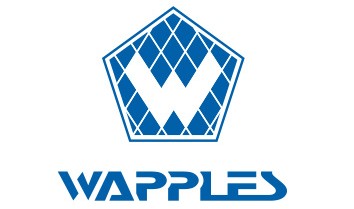
Problems that solves
Malware infection via Internet, email, storage devices
Risk of data loss or damage
Risk of lost access to data and IT systems
Non-compliant with IT security requirements
Values
Reduce Costs
Ensure Security and Business Continuity
Akamai Kona Web Application Firewall
Kona Web Application Firewall from Akamai provides an highly scalable application firewall that defends against emerging threats to web security while keeping application performance high.
About Product
Description
Ensure web application performance with Akamai’s WAF. Kona Web Application Firewall from Akamai offers effective protection against web application attacks. Globally-distributed across the Akamai Intelligent Platform™, Kona WAF can easily scale to defend against massive application attacks. Deployed at the edge of your network rather than in a data center, Kona WAF can identify and mitigate suspicious traffic without affecting performance or availability of the origin server. Security rules for Kona WAF are continuously refined by Akamai’s Threat Intelligence Team to protect against known attacks and respond to emerging threats.
With Kona WAF you can:
With Kona WAF you can:
- Reduce the risk of downtime, data theft and security breaches with a WAF that can scale to protect against the largest DoS and DDoS attacks.
- Ensure high performance even during attacks thanks to Akamai’s globally architecture.
- Defending against new and emerging threats with help from Akamai’s Threat Intelligence Team.
- Minimize costs of cloud security by avoiding the need for expensive dedicated hardware.
- Kona WAF provides comprehensive capabilities to protect against application-layer attacks.
- Adaptive rate controls automatically protect against application-layer DDoS and other volumetric attacks by monitoring and controlling the rate of requests against applications.
- Application-layer controls offer pre-defined, configurable WAF rules that govern Request Limit Violations, Protocol Violations, HTTP Policy Violations and more.
- Network-layer controls automatically deflect network-layer DDoS attacks at the network edge and define and enforce IP whitelists and blacklists to restrict requests from certain IP addresses or geographical regions.
- Security monitor provides real-time visibility into security events and enables administrators to drill down into attack alerts.
- Logging features enable you to integrate WAF and event logs with security information and event management to increase your threat posture awareness.
